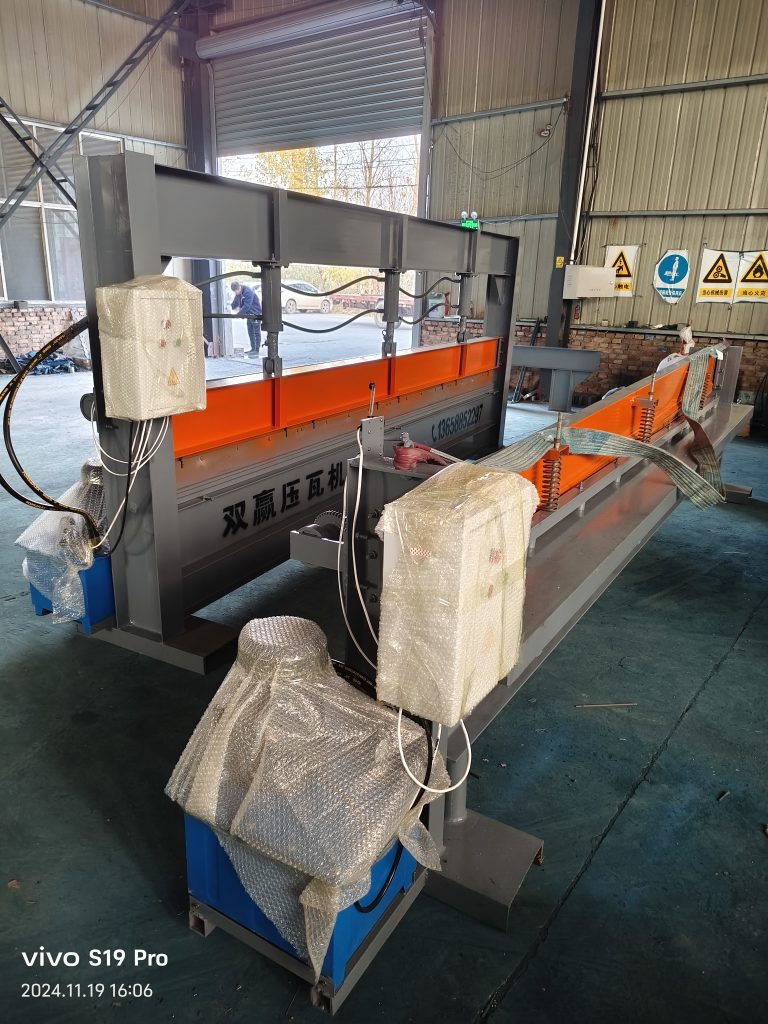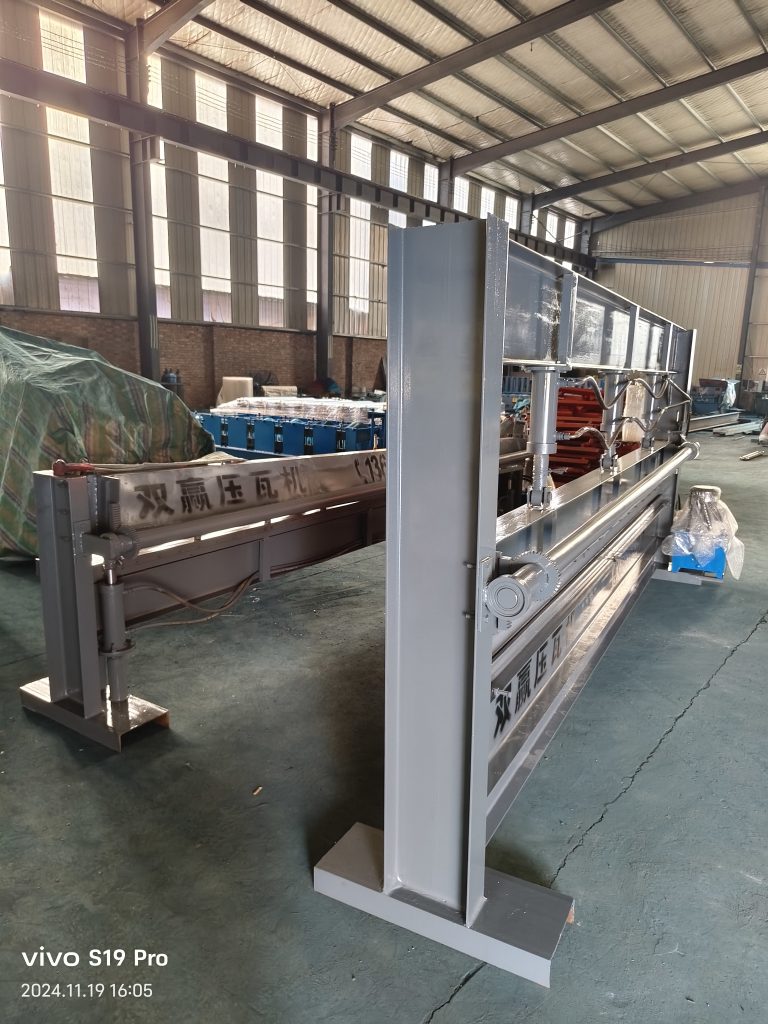

Shearing Machine and Bending Machine are two essential pieces of equipment used in metalworking processes. They are commonly used for cutting, shaping, and forming sheet metal into desired shapes for a variety of applications, particularly in industries such as construction, automotive, and manufacturing. Below is an overview of each machine, along with their features and functions.
Shearing Machine and Bending Machine Overview
Shearing Machine and Bending Machine are two essential pieces of equipment used in metalworking processes. They are commonly used for cutting, shaping, and forming sheet metal into desired shapes for a variety of applications, particularly in industries such as construction, automotive, and manufacturing. Below is an overview of each machine, along with their features and functions.
Shearing Machine
Shearing machines are used for cutting sheet metal into straight lines or specific shapes without the use of heat. This machine operates by applying high pressure through a sharp blade, cutting the metal in a shearing motion.
Features & Specifications:
- Cutting Capacity:
- Shearing machines are capable of cutting metal sheets of varying thickness, typically ranging from 0.5 mm to 20 mm, depending on the machine’s specifications.
- Type of Material:
- Can handle a wide range of materials such as stainless steel, carbon steel, and aluminum.
- Shearing Length:
- Machines can be designed to handle sheets up to several meters in length (depending on the machine type, typically from 1 to 4 meters).
- Hydraulic or Mechanical:
- Hydraulic shearing machines are commonly used for cutting thicker materials, while mechanical shearing machines are used for lighter gauge materials.
- Cutting Angle:
- The cutting angle and gap between the blade and the sheet metal can be adjusted to accommodate different material thicknesses and achieve precise cuts.
- Control System:
- Modern shearing machines often feature CNC (Computer Numerical Control) systems for high precision cutting and automation, allowing for programmable cuts and higher productivity.
- Blade Material:
- The cutting blades are typically made of high-carbon steel or carbide for durability and sharpness.
Applications:
- Sheet Metal Cutting: For creating panels, sheets, or parts for construction, automotive, or manufacturing.
- Signage: Cutting metal sheets to shape for signage purposes.
- Industrial Parts Production: Used for cutting metal into smaller parts used in various machines or structures.
Bending Machine
A bending machine is used to shape or bend metal sheets or rods into desired angles or forms without cutting them. The bending machine applies force to a workpiece, causing it to bend to a predetermined shape.
Features & Specifications:
- Bending Capacity:
- Bending machines are capable of bending materials of varying thickness, typically from 1 mm to 30 mm, depending on the model.
- Type of Machine:
- Mechanical Bending Machines: Use mechanical force (usually a flywheel) to bend the material. Suitable for lighter materials.
- Hydraulic Bending Machines: Use hydraulic pressure to apply force, making them suitable for heavy-duty bending of thicker materials.
- Bending Length:
- Bending machines come in various sizes, with bending lengths typically ranging from 1 meter to 6 meters.
- Bending Angle Control:
- Bending machines can be controlled manually or via CNC, with the ability to precisely control the bending angle for accurate results.
- Die and Punching Setup:
- These machines use a set of punches and dies to apply force to the sheet, determining the type of bend formed.
- Speed and Accuracy:
- The machine can be programmed to achieve specific bend angles with high accuracy and speed, reducing manual labor and errors.
- Material Type:
- Bending machines can handle materials such as steel, aluminum, stainless steel, and other metals.
Applications:
- Metal Forming: Used for creating bent shapes for roofing panels, structural parts, and other metal items.
- Automotive: Used to form various metal components and frames in the automotive industry.
- Furniture: Bending metal sheets to create frames and parts for furniture.
Comparison of Shearing and Bending Machines
| Feature | Shearing Machine | Bending Machine |
|---|---|---|
| Primary Function | Cutting metal sheets into specific shapes or lengths | Bending or shaping metal sheets into angles |
| Material Thickness | Typically 0.5 mm to 20 mm | Typically 1 mm to 30 mm |
| Type of Force | Shearing (cutting) | Bending (shaping) |
| Control | Manual or CNC control | Manual or CNC control |
| Applications | Sheet metal cutting for parts or panels | Metal forming for parts or structures |
| Operation Speed | High-speed cutting | Variable speed depending on bending process |
Conclusion
Both shearing machines and bending machines play crucial roles in the metal fabrication industry. Shearing machines are primarily used for cutting metal sheets or parts, while bending machines shape these materials into functional components. Together, they offer a comprehensive solution for the production of various metal parts, from construction to automotive applications.
For more detailed specifications or inquiries about these machines, please feel free to contact us:
- Whatsapp: +8613832784260
- Email: zhaohuabb@163.com
- Company Name: China Botou Win-Win Roll Forming Machine Co., Ltd.
